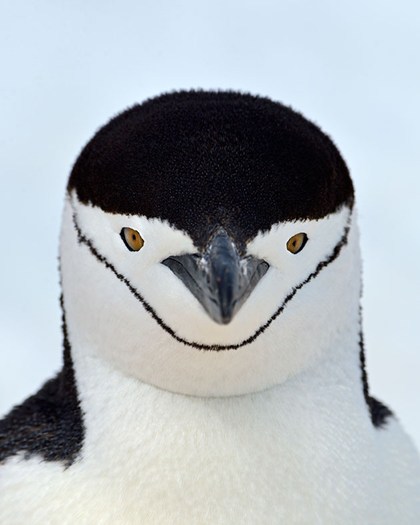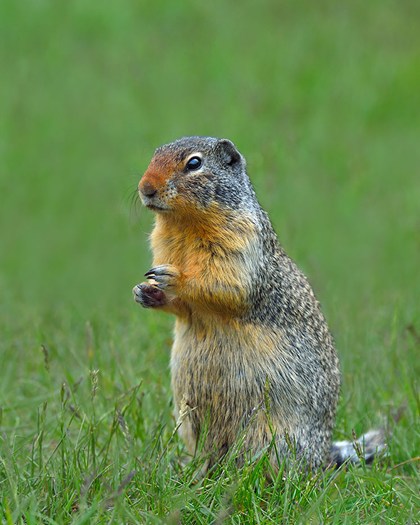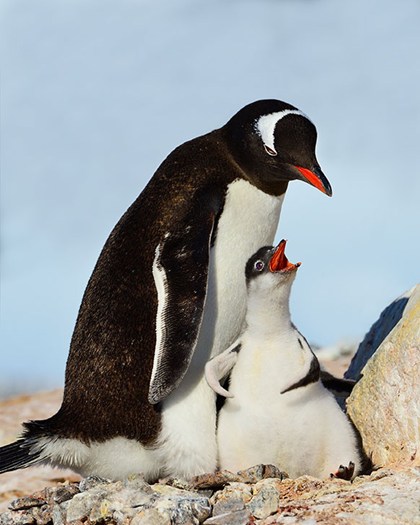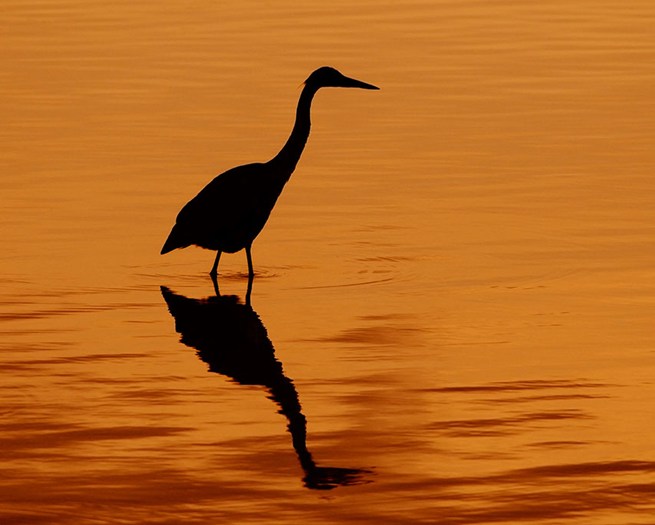OTTAWA - Wildlife photography is profoundly rewarding — but successfully capturing the innate beauty of our animal friends often ranks as one of the most difficult challenges facing nature photographers.
There are many technical and aesthetic factors to consider during the complex process of photographing wildlife. Thanks to digital technology, however, it’s become much easier, especially compared to the good old days of film. Today’s digital cameras continue to evolve and improve with each new product design.
Here are a few tips to help aspiring wildlife photographers strengthen the impact of their images:
The KISS Principle
When trying to communicate through photography, we sometimes include too much information. It’s much better to adopt the KISS principle (Keep It Simple Stupid). Keeping it simple means avoiding visual information in your image that might distract the viewer from a main subject. When creating a portrait of an animal or an image that demonstrates unique animal behaviour, less is more.
The photographer should strive for a clean background and foreground. Avoid bright spots or dark spots that steal attention away from your main subject. Although you can edit some of this extraneous information out of your image, it’s more efficient to notice it first in your viewfinder, then take measures to avoid it by moving the camera to a better position.
Focus on the Eyes


Left: Getting up close to your subject helps to get better photos. Right: The eyes are the windows to the soul when it comes to animals.
The eyes are the windows to the soul. When photographing any animal, focus on the eyes. From humans to small insects (and everything in between) with the eyes in focus, the rest of your image will appear to fall into place, even if the rest of the frame looks soft. If the eyes are out-of-focus, even when the rest of your image is sharp and clear, the image loses its impact. This tip is especially critical when using a telephoto lens with a shallow depth of field.
Place Your Camera at the
Same Level as Your Subject
For natural looking wildlife, your camera angle should be at the same level as your subject. If they crawl on the ground, then lower your camera to ground level. If they sit at eye level, then shoot while standing. If they’re high in a treetop, wait for them to come down to your level. If you can’t reach the desired level, try to match it as close as possible.
Take Lots of Pictures
It’s difficult to be 100 per cent aware of everything happening inside your viewfinder. So, when the action happens, release the shutter with continuous bursts.
This doesn’t mean to blindly blast off endless frames; you still need to be focused and selective with what you’re capturing, especially if your buffer fills quickly. When you anticipate good wildlife action, blast off a short series of frames. Then stop and refocus. Repeat as necessary.
The Best Times for Wildlife & Nature Photography:
Early Morning and Late Afternoon
What’s the best piece of equipment for any nature photographer? The answer is something we can all afford — an alarm clock!
Generally, the most active time for wildlife is during the transitions between night and day. Use your alarm to get you into the field for sunrise. You’ll often see more wildlife than at other times of day.


Left: Creatures supply photographers with many memorable moments. Right: Getting up early when the light is just right produces some excellent photos.
Although light is low at dawn and dusk, atmospheric interference reduces blue frequencies, and enhances more of the warm attractive light emitting from the lower end of the colour spectrum. It’s often more calm as well, making it easier to hear and see the animals. This is also a good time to capture reflections in still water. A steady tripod or additional support can help under these low-light conditions.
When we’re lucky enough to find cooperative animals, we can rely on our cameras to select the proper settings — but they still can’t compose the image for you.
Only you have the power to determine the right moment to release the shutter.
Timing is everything: it can mean the difference between a mediocre image and a great one!
About the Author
Tony Beck is a freelance naturalist and photographer working out of Ottawa where he, and his wife Nina Stavlund, operate "Always An Adventure," a company offering photography, nature and birdwatching services. He has more than 30 years experience in photography including 20 years as a professional. In 1983, Tony bought his first SLR—the versatile Nikon FG. He has been loyal to Nikon ever since. In 1993, he took the plunge and went professional.